From the beautiful iridescence of a sunbird through to the cryptically earth-toned patterns of a nightjar, bird plumage has to be among the most striking and awesome of all animal clothing. Feathers are unique to birds and first evolved millions of years ago on their dinosaur ancestors. Feathers are the most complex structures to be found on the skin of any vertebrate. But not all feathers are the same, in fact there are six broad types of feather based on their function and their location on the bird’s body.
In this piece I will delve into the structural basics of the six different types of feathers and their functions, as well as discuss the fascinating ways that birds keep their feathers in top condition.
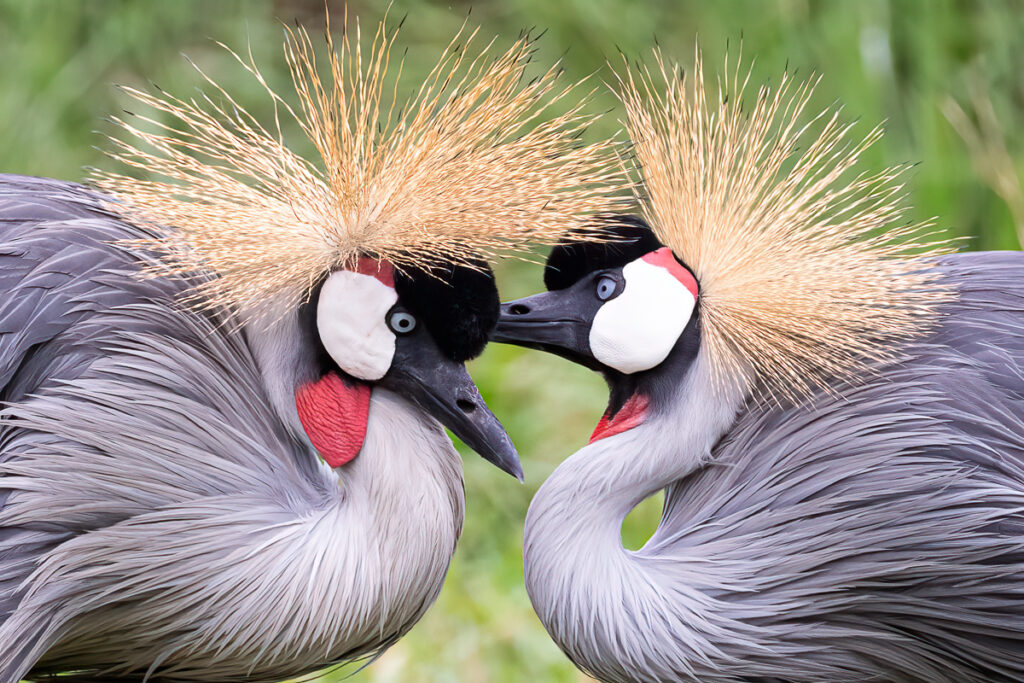
Structure
All feathers have a standard basic structure. Each has a central tube-like shaft called a rachis. Projecting on two sides and at right angles from the rachis in a single line are branches called barbs. These barbs in turn are adorned with smaller branchlets called barbules which project from the barbs in the same way that the barbs project from the rachis. All six different feather types have the same basic rachis-barbs-barbules structure. It is by varying the basic feather structure that ‘birds are able to vary the aerodynamic, hydrodynamic, insulative, repellent, acoustic, and visual properties of their feathers’ (Bostick 2016, p. 113). And as we will see, this variation in structure and form underlies the functions that feathers perform.
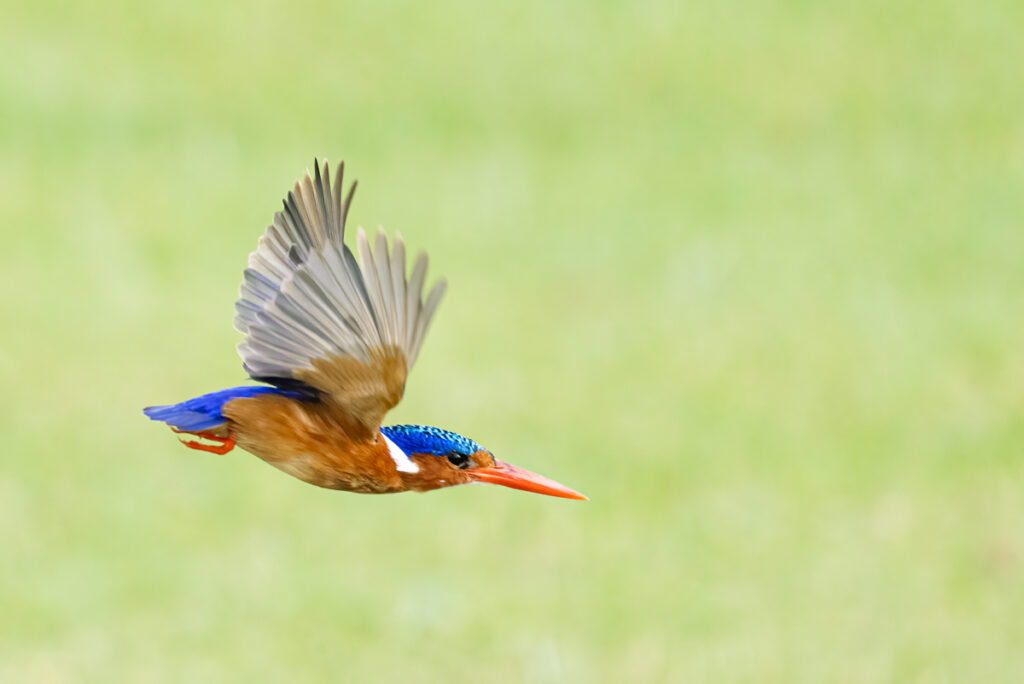
Depending on function, feathers are predominantly either stiff and flat or soft and fluffy. Stiff and flat feathers are described as having a pennaceous structure. They have microscopic hooks on the barbules that interlock to form a wind and waterproof barrier that allows birds to fly or stay dry. Think of how the two sides of a zipper interlocks when pulled together. On the other hand, soft and fluffy looking feathers have a plumulaceous microstructure, which means that they have flexible barbs and relatively long barbules that trap air close to the bird’s warm body. We will see below that some feathers have both plumulaceous and pennaceous regions on the same feather.
Types
Feathers perform different functions on different parts of the bird’s body and therefore come in a great variety of shapes and sizes. The structure of a feather determines its function. A typical bird (if there is one) might have a fluffy down undercoat for insulation, feathers covering the body that act as a windbreaker, sunscreen, or even a raincoat depending on the weather; vaneless bristles around the beak for feeding functions; strong pennaceous wing and tail feathers for flight; and ornamental plumes for signalling to potential mates or rivals. Let’s look at the six broad types of feather that perform the functions outlined above for our ‘typical bird’.
Down feathers
Down feathers are generally short and broad and entirely plumulaceous, the barbs are not held together and therefore float freely, trapping lots of air and making them ideal for insulating the skin. These feathers are found across almost the entire body underneath other feather types and not usually visible from the outside. Down feathers are found on both adult and newly hatched chicks, in adults they are known as body down, whilst on chicks they have a slightly different structure (because chicks initially lack other feather types) and they are known as natal down. There is a further type of down feather, called powder down. These are unique feathers as unlike all other types of feather which stop growing once they reach full size, powder down feathers never stop growing. The tips of these feathers slowly disintegrate producing a fine keratinous substance like talcum powder. This powder infiltrates all of the bird’s feathers and gets down to the skin, waterproofing the feathers. Powder down feathers are common in species that lack a preening gland (see below) such as many waterbirds, parrots and pigeons. These feathers are usually found on the breast, back and belly of the bird.
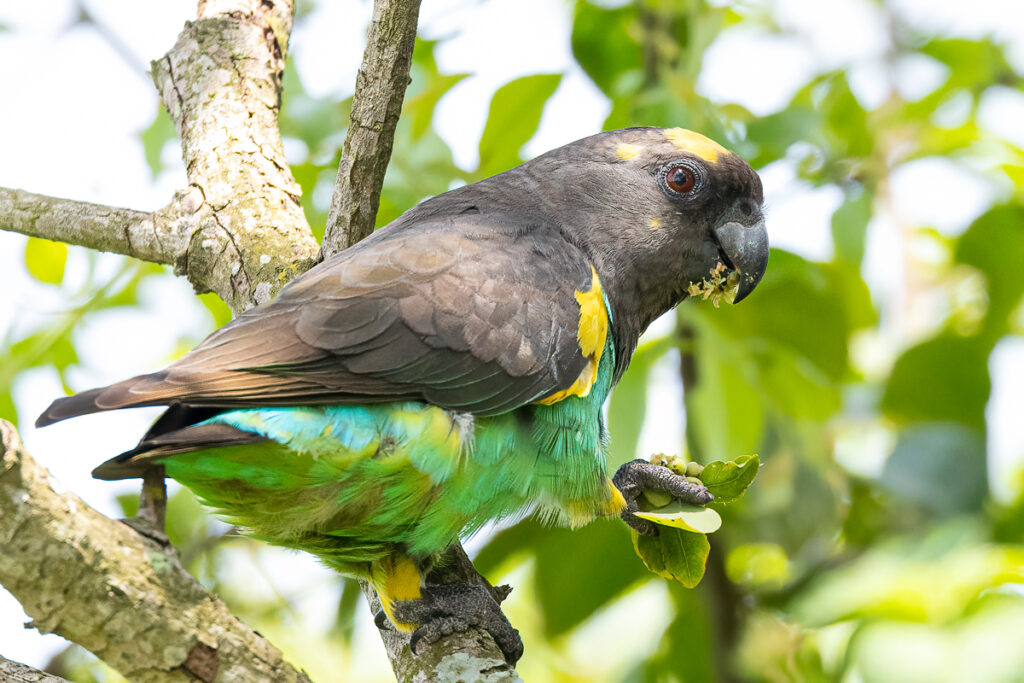
Contour feathers
As the name highlights, these feathers are used to streamline the body and give it its characteristic outline and shape. The base of a contour feather is fluffy but it is firm for the rest of its length. Contour feathers are positioned on top of each other but slightly offset like tiles on a roof, forming a particularly effective barrier to the elements and aiding thermoregulation. Those feathers on the wing that aren’t flight feathers (see below) are called coverts, they shape the wing into an efficient aerofoil by smoothing over the region where the flight feathers attach to the bone. Specific spacing of the contour feathers and zipper-like pennaceous feathers help provide a water-repellent property as seen in ducks and geese. Altering the spacing of these contour feathers facilitates water absorption, allowing diving birds like the African Darters and various cormorants to swim faster underwater. However, they must dry off before flight and this is why they are often seen perched with their wings outstretched after a fishing trip.
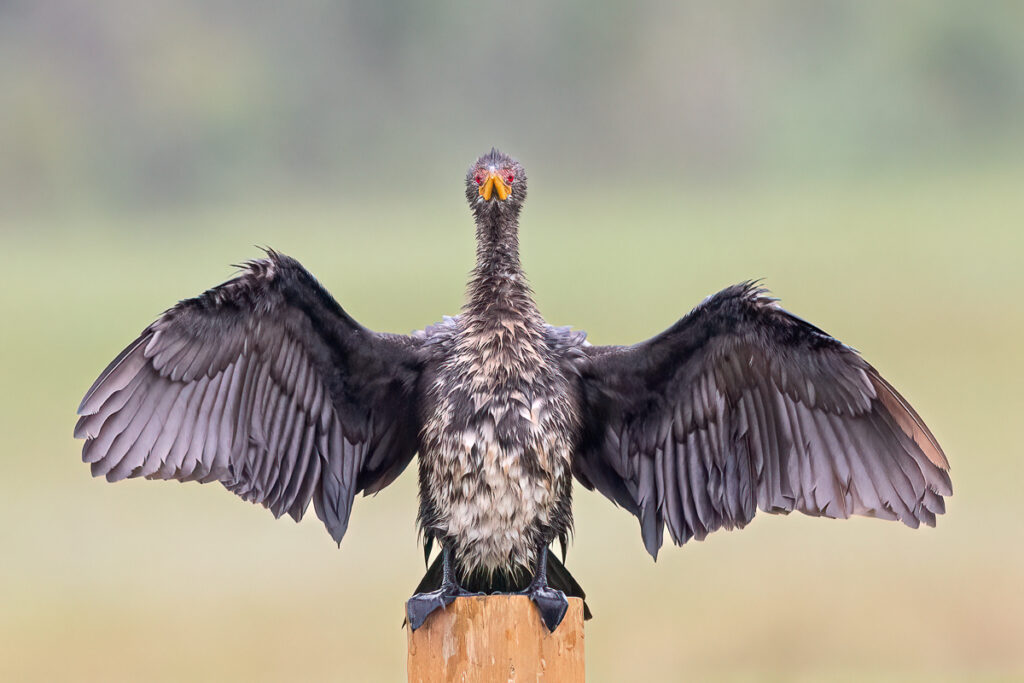
Flight feathers
Flight feathers are usually the stiffest, largest feathers on a bird. There are two sets of flight feathers, those found on the wing (remiges) and those on the tail (retrices). Unlike most feathers which attach to the skin, flight feathers either attach directly to bone or attach to the bon via ligaments. There also two types of remiges or wing flight feathers, those on the outer wing are primary flight feathers and those of the inner wing are secondary flight feathers. The width of the feather on each side of the central shaft of primary and secondary flight feathers is asymmetrical, meaning that one side is thinner than the other. This adaptation helps stabilise the feather during flight. Depending on the species, birds commonly have between 9-12 primaries and 8-32 secondaries.
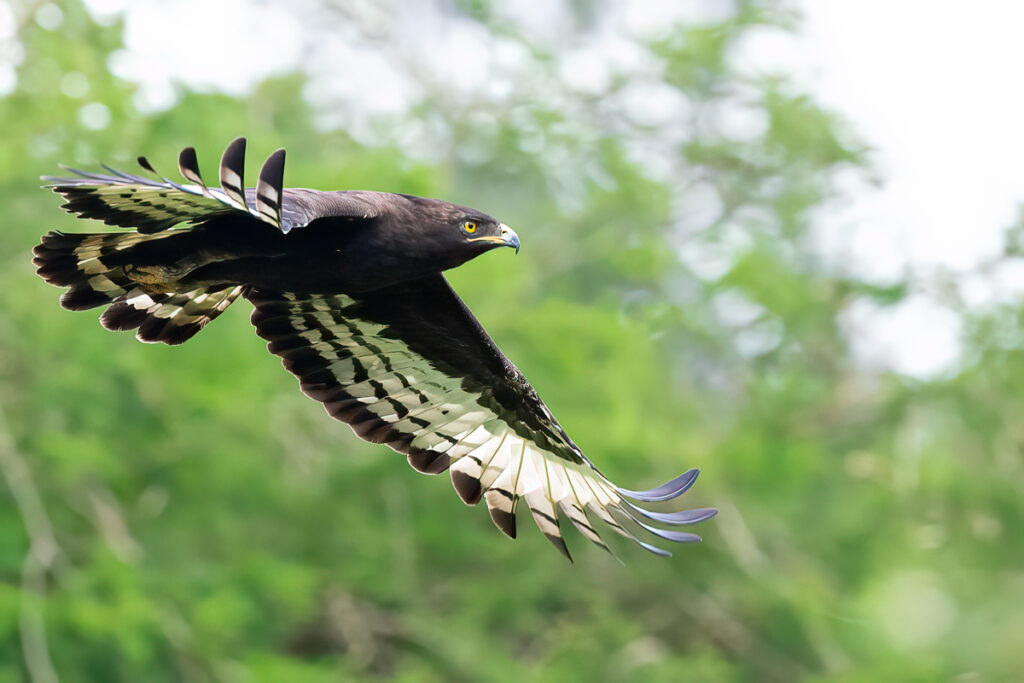
Semiplumes
Semiplumes are an intermediate form between contour and down feathers. Found in a bird’s armpit or inside thigh, they are often hidden from view. Their function is to fill the gap between contour feathers and the inner down feathers discussed above.
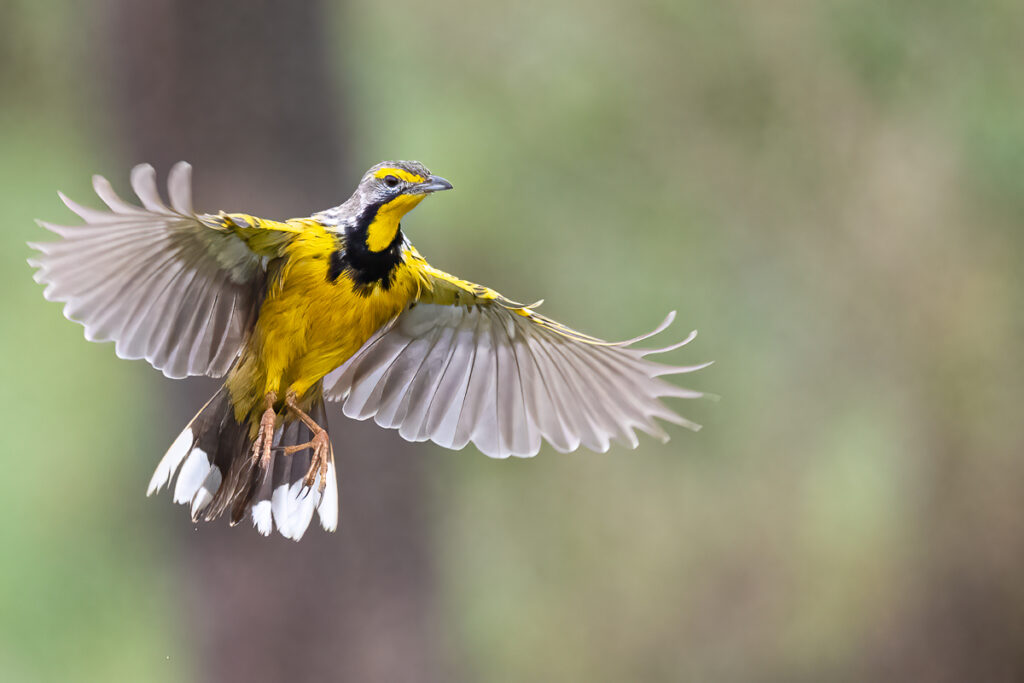
Bristles
These small modified feathers have relatively short stiff central shafts with very few small barbs. The best-known bristles are rictal bristles which are found around the base of the beak and appear to perform a protective function. Found on flycatchers, bulbuls, and drongos, amongst others it is thought that the bristles help guide the prey of these insectivorous birds into the mouth without damage to the eyes and face. It is also thought that they also have a sensory function, letting the bird know its speed and orientation in the air.
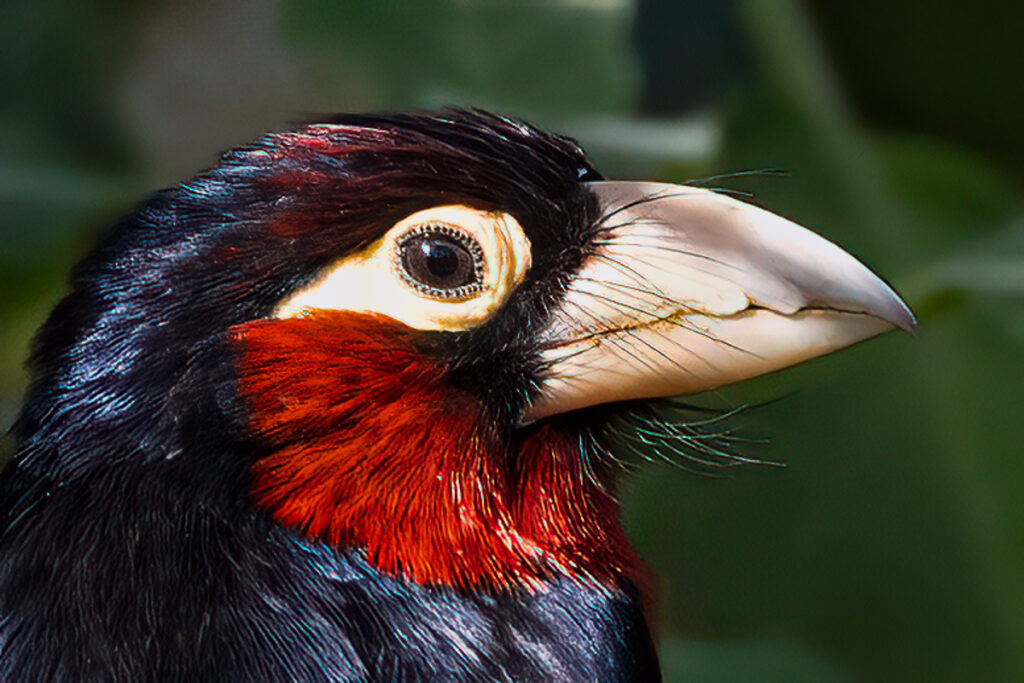
Filoplumes
These are the smallest of all feathers. Filoplumes are soft downy feathers which have a flexible shaft and tiny tufts of barbs at the tip. They scattered throughout the plumage and have distinctive sensory receptors next to their follicles. It is thought that these feathers act as pressure and vibration sensors, monitoring movement within the feather coat so the bird knows when a feather is out of pace so it can be corrected with preening.
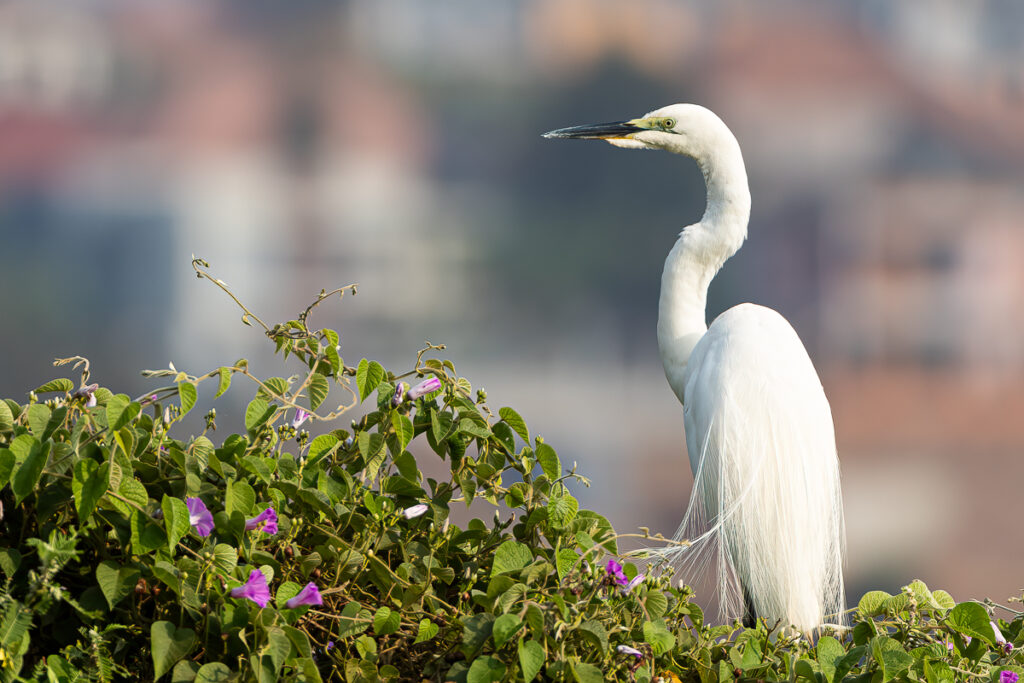
Maintenance
For their size, feathers are both strong and flexible, but they do deteriorate over time with exposure to the sun and weather. Like our hair, a mature feather is a dead structure that can’t be repaired if broken. However, unlike our hair, individual feathers do not continue to grow. Over time, feathers become brittle, faded, and frayed. They are only replaced when a bird moults, that is, when it sheds one or more feathers and grows entirely new feathers in their place. Birds try to keep their feathers in top condition by preening. A bird preens its feathers by running the bill along the shaft of each feather, from the base to the top. By doing so barbs are smoothed and broken connections re-established, dirt and stale oil is also removed. Preening also helps to remove external parasites like ticks, flies, and lice. When preening, many species use the beak to spread oil throughout the plumage from the preen gland (uropygial gland) located just above the base of the tail feather on the rump. The oil conditions the feathers and helps keep them water repellent.
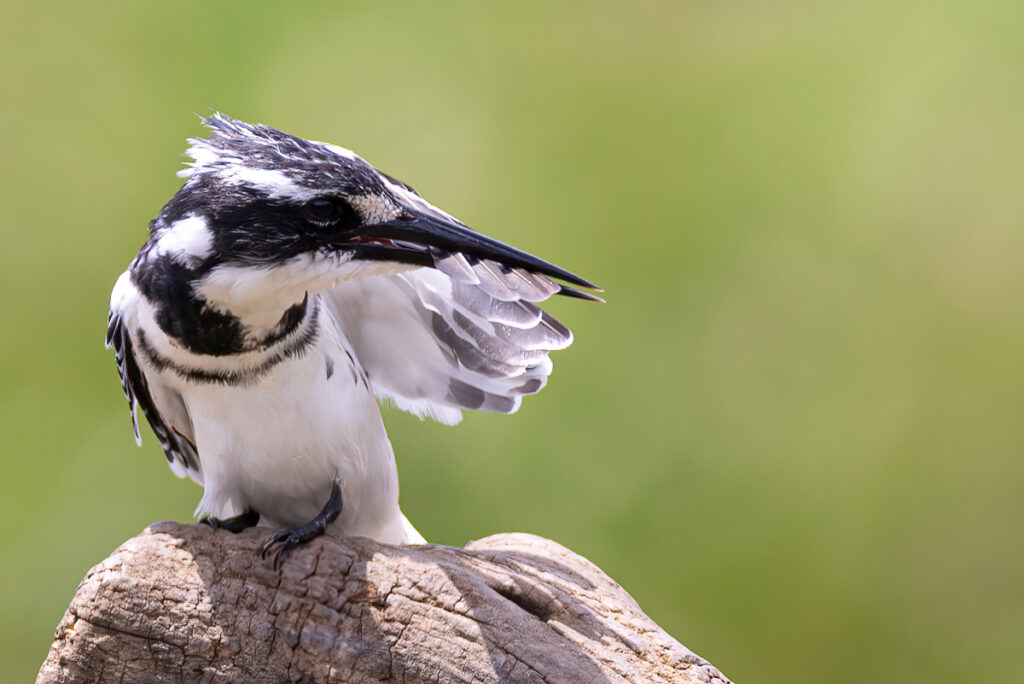
Feathers are unique to birds, and as we’ve seen their variety of forms enables them to perform numerous functions, although they require continuous maintenance for them to be effective. As with all aspects of bird biology and physiology, the more you learn the more you realise how absolutely fascinating and complex birds are!

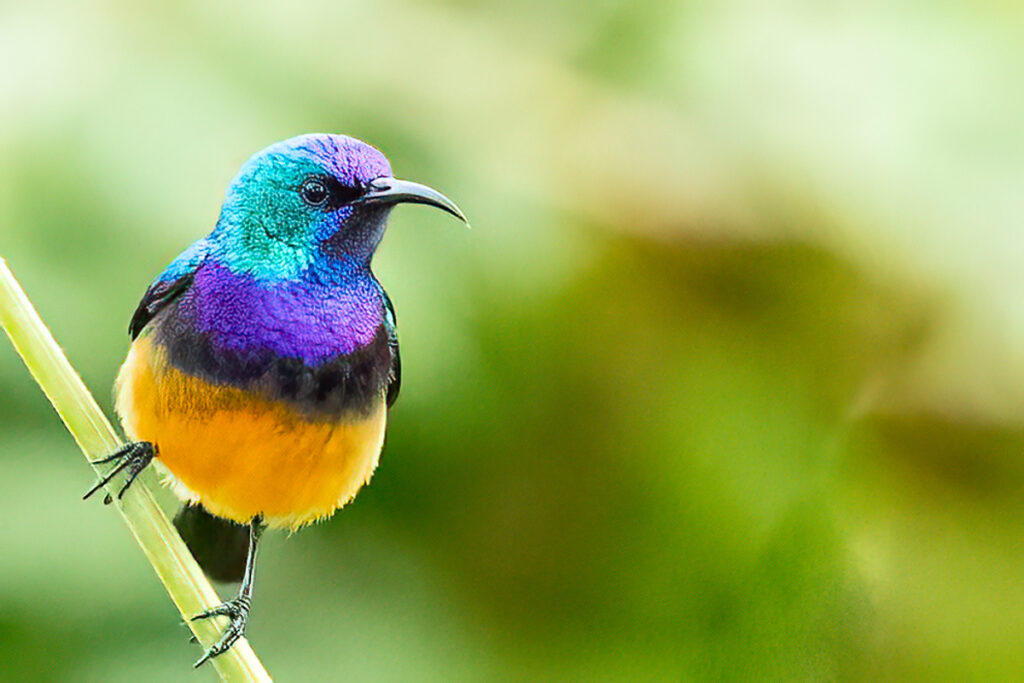
Extraordinary article! So well documented and detailed. We, and i think i’m not the only one, learn a lot! Hard to imagine the time you spent to know that much about the birds feathers and more.
It’s a gem, Will, and i’m choosing my words carefully!
Bravo and thank you!